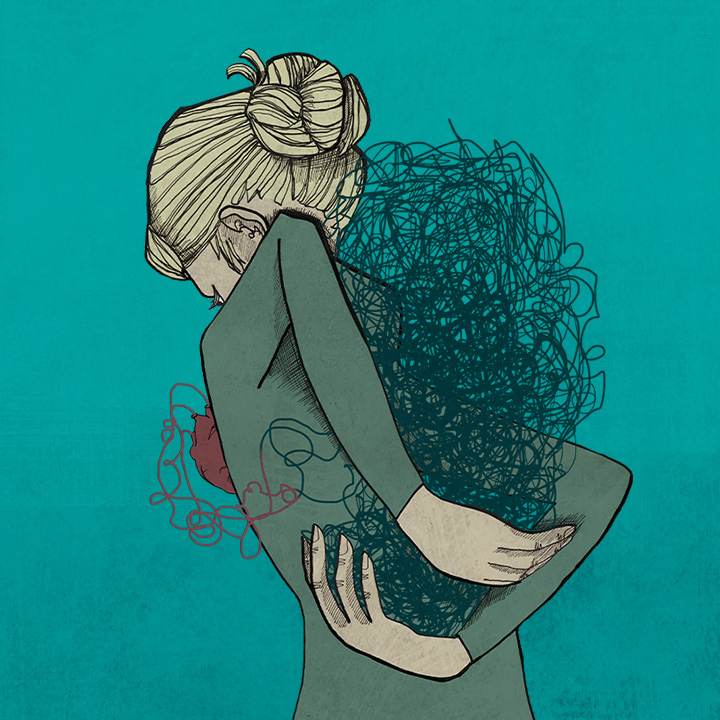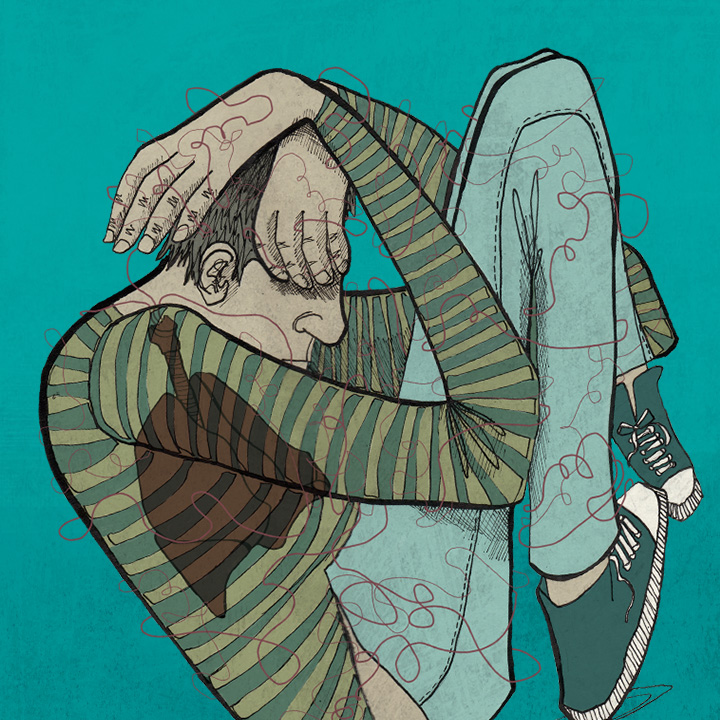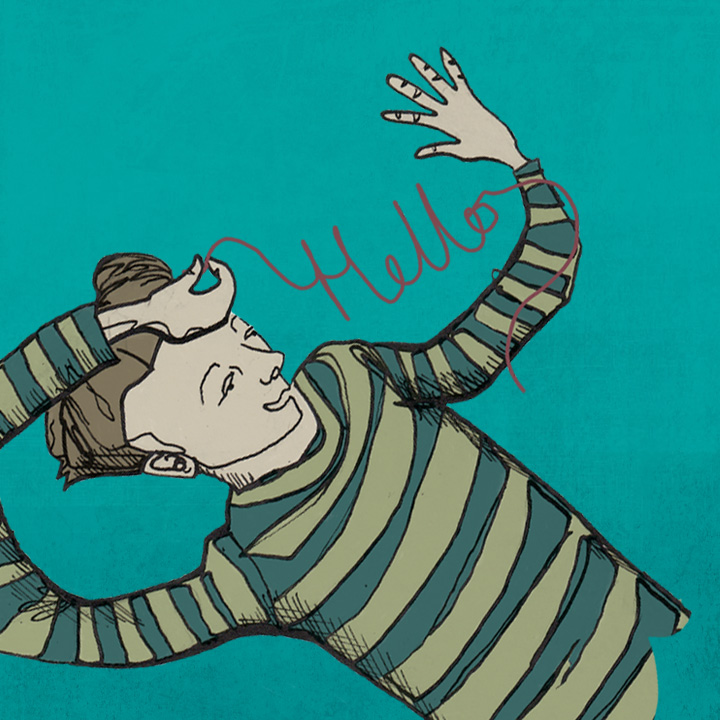My Brain
After completing this section, you will be able to: name the parts of the brain and describe what they do; explain how and why the parts of the brain react to conflict; name five emotional states; and, describe what the chemicals in your brain do.
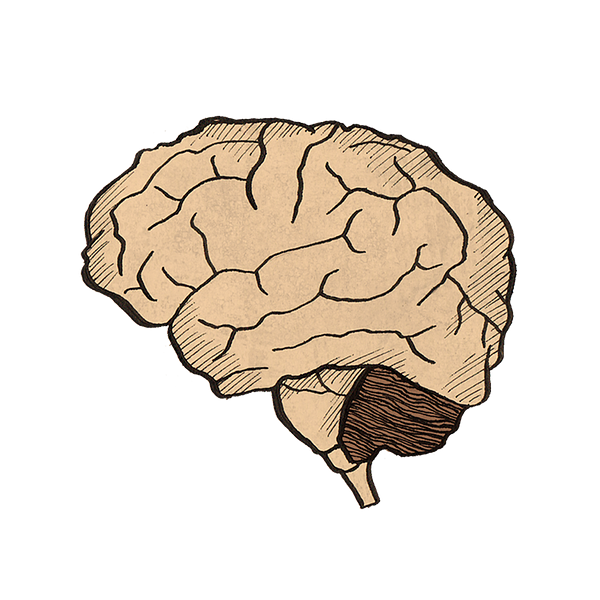
Getting to know your brain
Watch the video below to find out more about your brain.
Getting to know your brain
Click on the names of parts of the brain below to learn what they do and where to find them.
THE LIMBIC SYSTEM
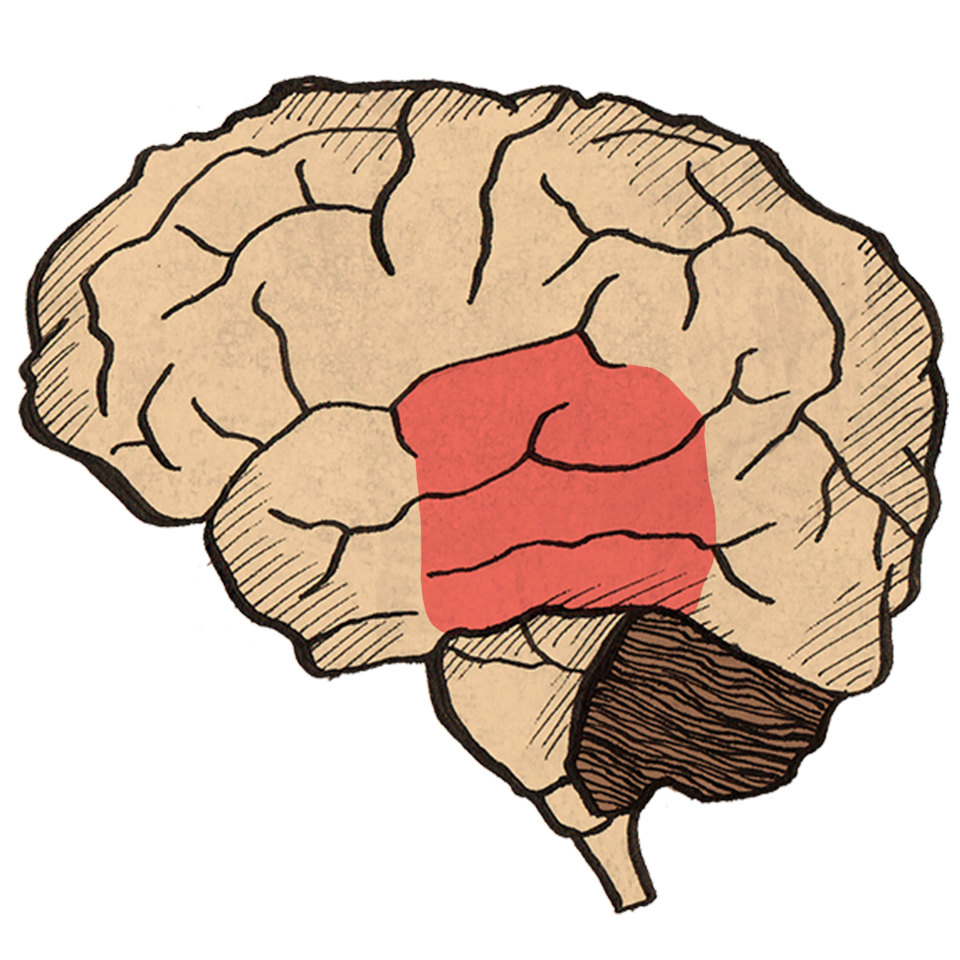
Our old mammalian brain.
RESPONSIBLE FOREmotions and detecting danger.
WHAT DID IT DO FOR US IN THE DISTANT PAST?With the help of the brainstem, fighting off or escaping predators.
HOW DO WE USE IT NOW?With the help of the brainstem, making us alert when walking through a dodgy part of town.
BRAINSTEM
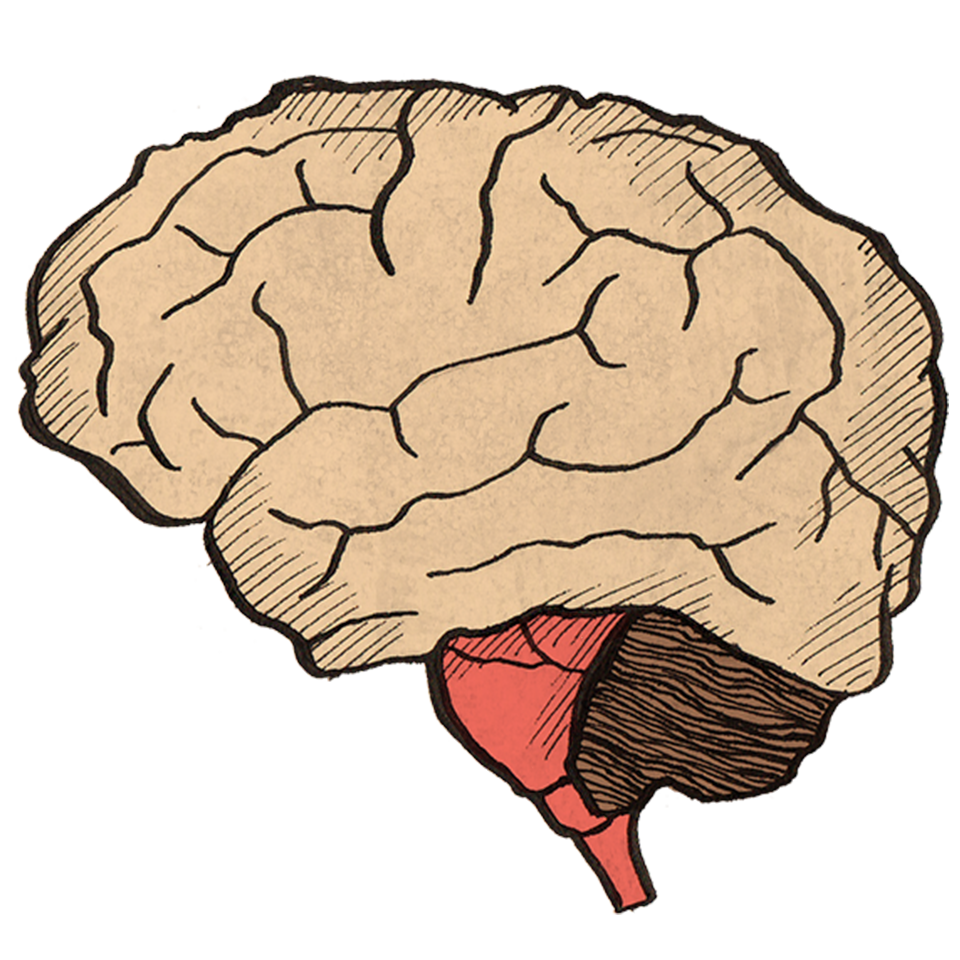
The reptilian brain.
RESPONSIBLE FORControlling body processes (eating, sleeping, temperature, and more).
WHAT DID IT DO FOR US IN THE DISTANT PAST?With the help of the limbic system, fighting off or escaping predators.
HOW DO WE USE IT NOW?With the help of the limbic system, making us alert when walking through a dodgy part of town.
PREFRONTAL CORTEX
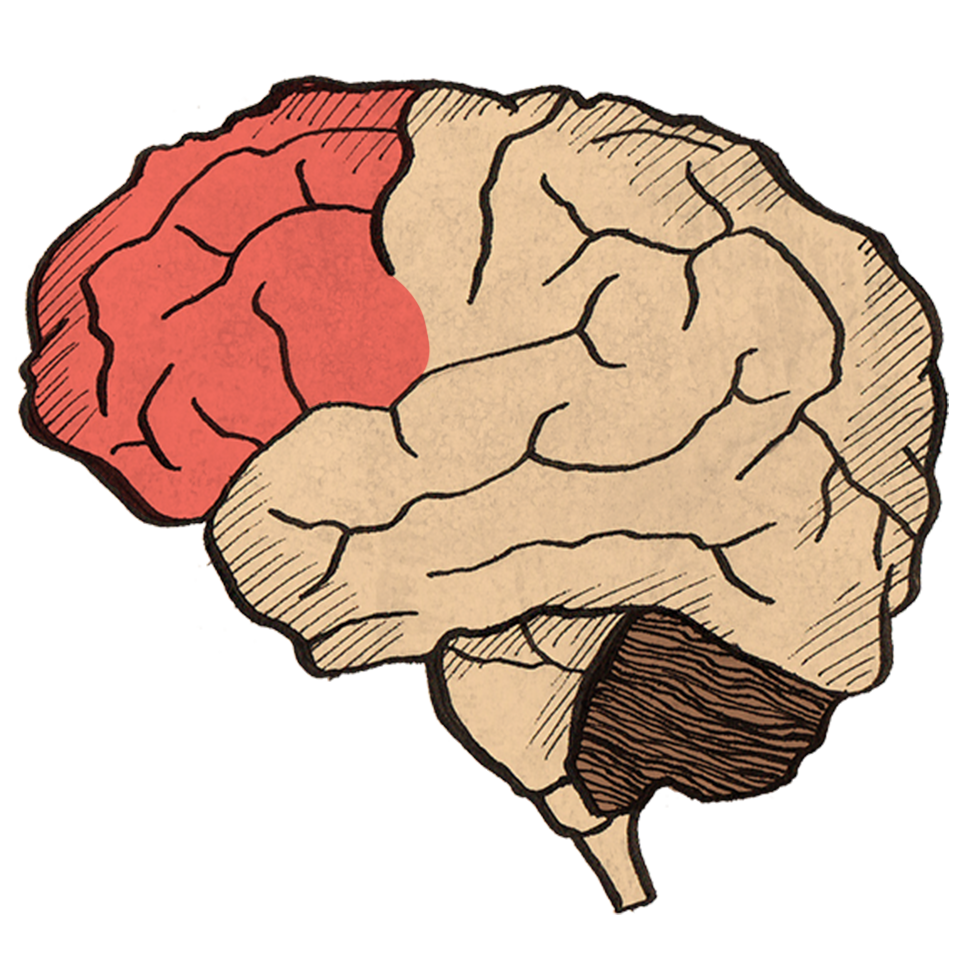
The mammalian brain.
RESPONSIBLE FORAnything to do with thinking or problem-solving (we call this ‘cognitive function’).
WHAT DID IT DO FOR US IN THE DISTANT PAST?Hunting together and then sharing food.
HOW DO WE USE IT NOW?Working together to solve a puzzle.



The brain in conflict
Brain development
Emotional states
Brain Chemicals
Summary
- We have a Lizard Brain (limbic system + brainstem) and a Monkey Brain (prefrontal cortex).
- Lizard Brain is responsible for automatic, emotion-driven responses, which is useful in dangerous situations.
- Monkey Brain is responsible for thinking, problem-solving and empathising, which can help resolve conflict.
- Most of the time the Monkey Brain is in control. When we’re in conflict, the Monkey Brain can help us see the other person's point of view and solve problems.
- However, if the Monkey and Lizard brain lose connection and the Lizard Brain takes over, we are overwhelmed with emotion and can go into Fight or Flight or Freeze and Shutdown states, leading to more impulsive actions.
- We have lots of different brain chemicals that drive our emotional states.
It's not the end of the story!
If you want to learn more about yourself, choose one of the modules below.

